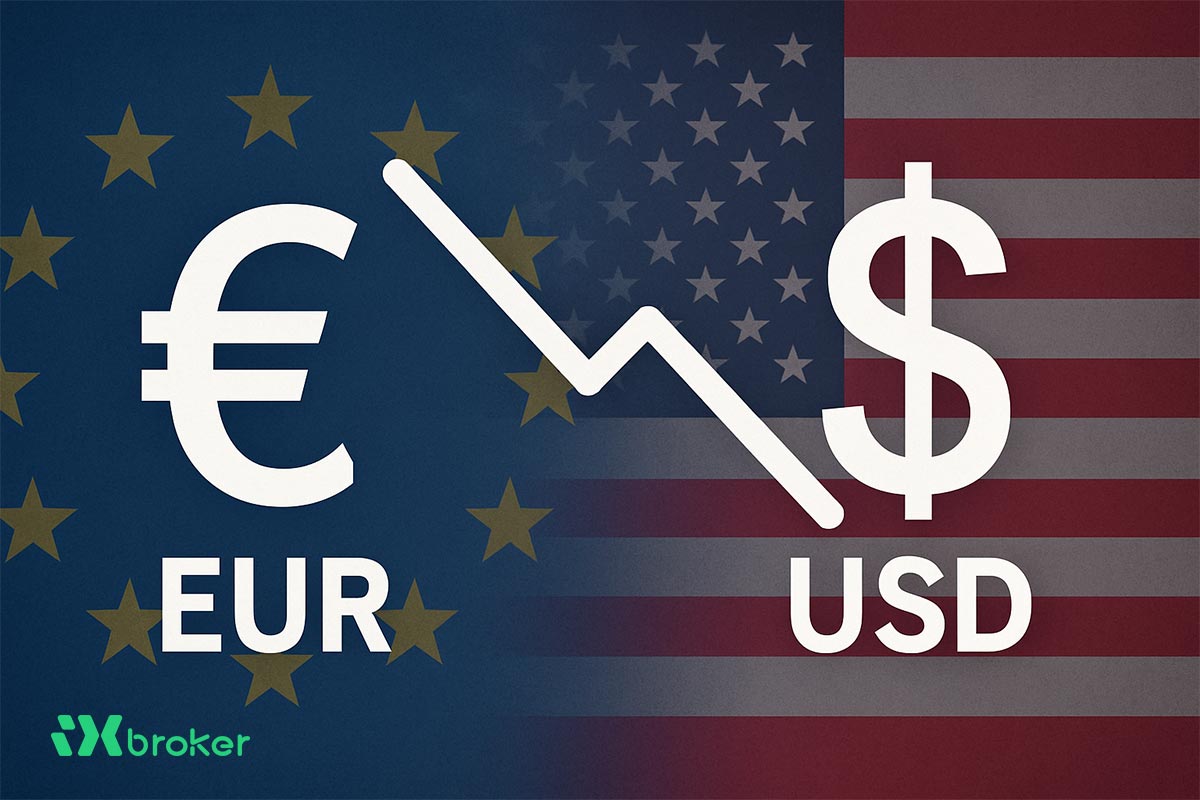The Euro (EUR) is facing downward pressure against the US Dollar (USD) on Thursday, with EUR/USD pulling back from Wednesday’s gains and trading near 1.1645 at the start of the American session. This mild retracement comes as the US Dollar strengthens following a mixed set of labor market data, while weaker Eurozone Retail Sales added further strain on the Euro.
The ADP Employment report revealed that US private payrolls increased by 54,000 in August, missing expectations of 65,000 and showing a significant decline from July’s revised 106,000. This points to slower hiring momentum. Additionally, Weekly Initial Jobless Claims rose slightly to 237,000 from 229,000, suggesting a modest increase in layoffs. On a more positive note, Q2 Nonfarm Productivity was revised upwards to 3.3% from 2.4%, while Unit Labor Costs eased to 1.0%, compared to the expected 1.6%. These figures indicate that wage pressures are cooling.
The US Dollar Index (DXY), which measures the greenback against a basket of six major currencies, is gaining ground, trading near 98.30, recovering part of Wednesday’s losses. The index remains within the narrow range that has defined trading since early August, suggesting that investors are awaiting Friday’s Nonfarm Payrolls (NFP) report for more clarity on the US economic outlook.
In the Eurozone, July Retail Sales dropped 0.5% MoM, a deeper decline than the 0.2% forecast and reversing June’s 0.6% gain. On an annual basis, sales rose by 2.2%, missing the forecasted 2.4% and slowing from the previous 3.5% growth rate. These figures point to weaker household demand and raise concerns about the Eurozone’s growth prospects, even as inflation remains slightly above the European Central Bank’s (ECB) 2% target.
Looking ahead, attention turns to the US services sector, with both S&P Global and ISM Purchasing Managers Index (PMI) readings for August due later on Thursday. The S&P Global Composite and Services PMI are expected to hold steady at 55.4, signaling continued expansion. From the ISM survey, the headline Services PMI is seen improving modestly to 51.0 from 50.1, while sub-indices on Employment, New Orders, and Prices Paid will provide additional insights into service-sector momentum and inflation pressures.



